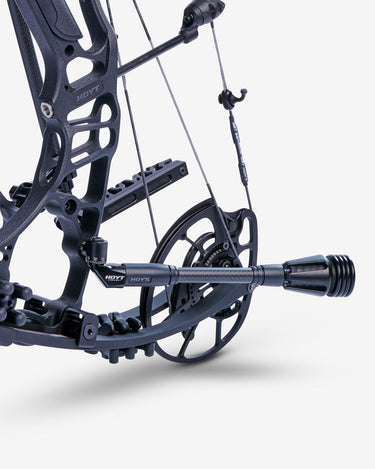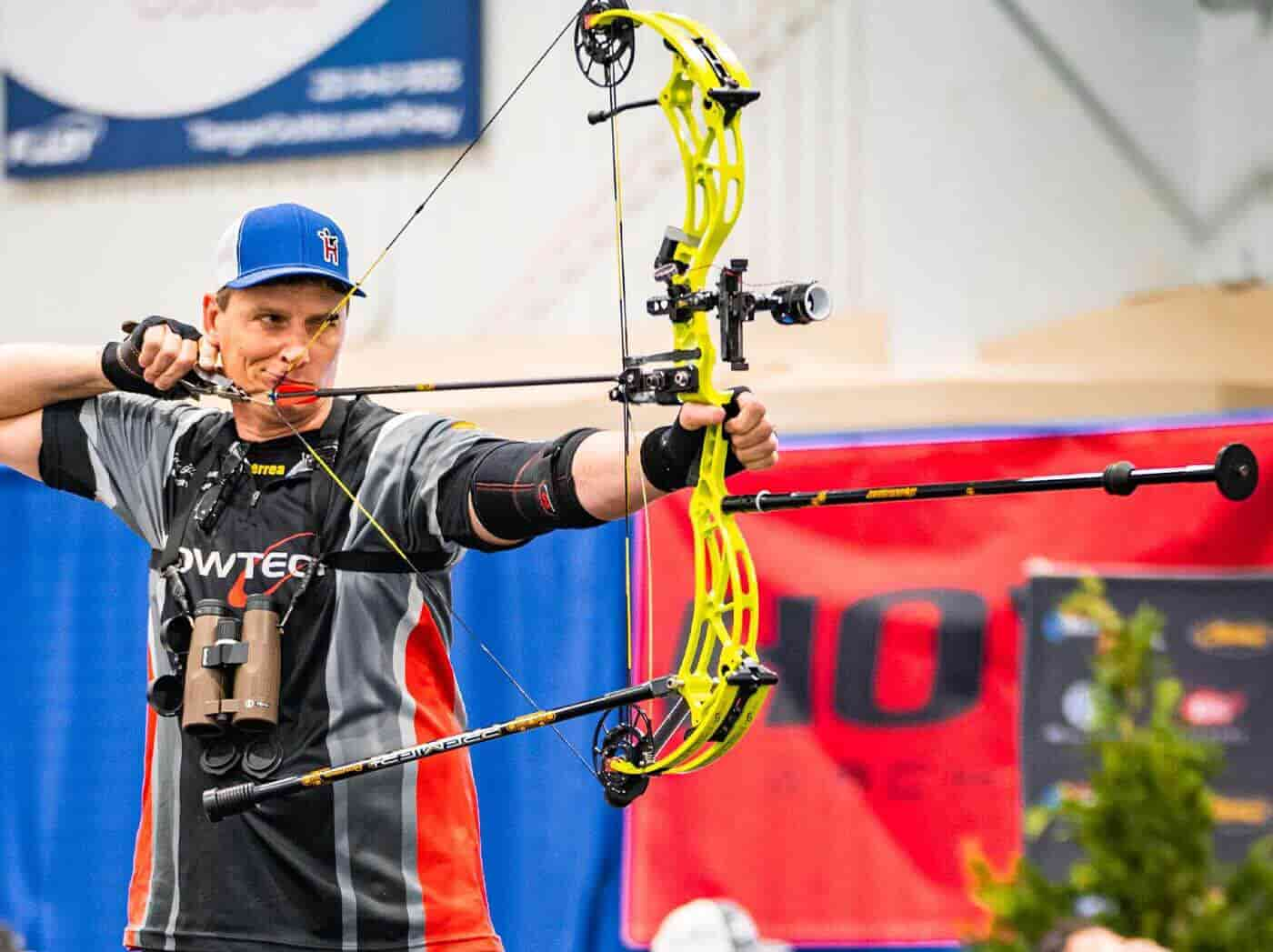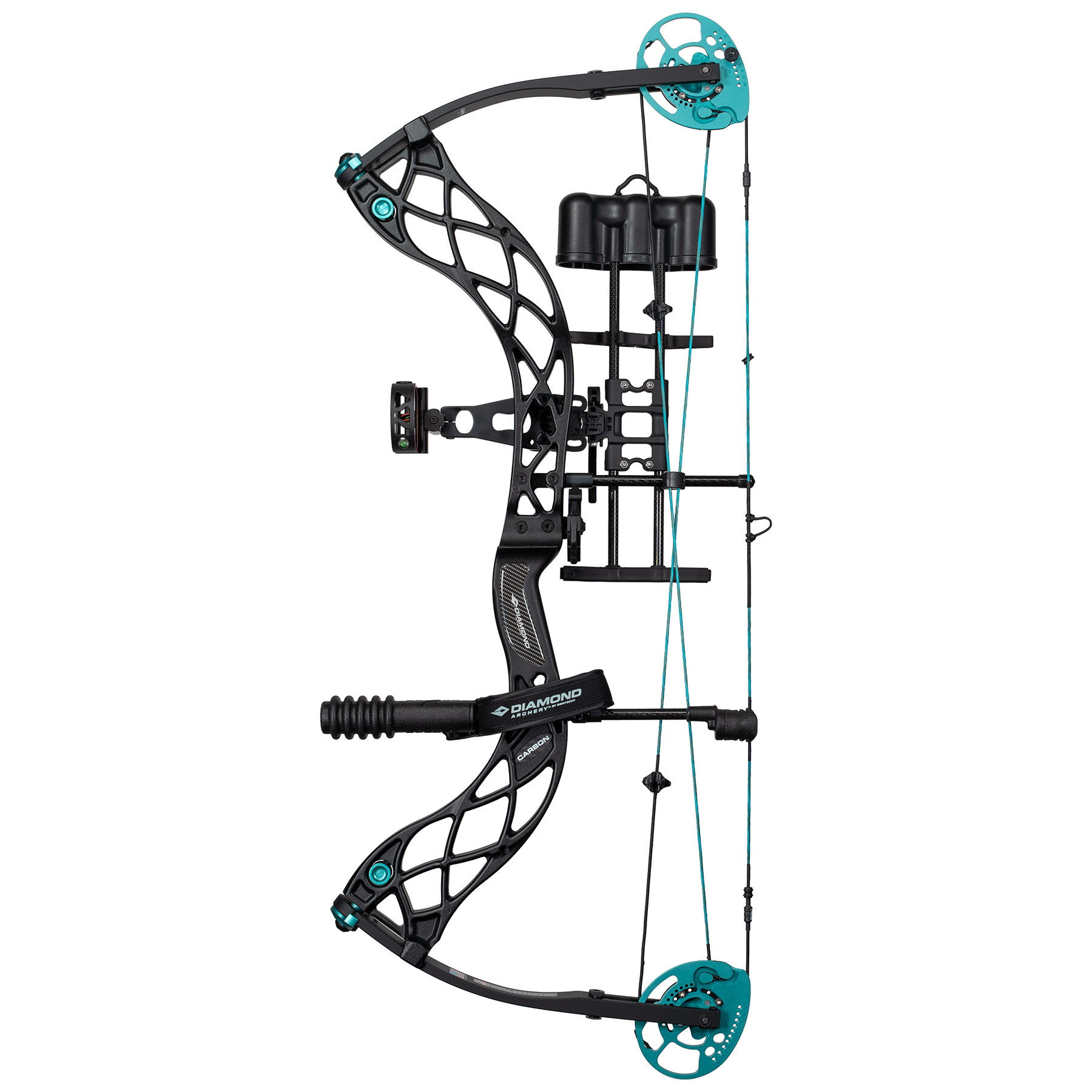Bow Stabilizer Purchasing Overview: Whatever You Required to Know Before You Acquire
Bow Stabilizer Purchasing Overview: Whatever You Required to Know Before You Acquire
Blog Article
Boost Your Archery Performance: The Ultimate Guide to Bow Stabilizer Configuration
Enhancing your archery efficiency requires a thorough strategy to every aspect of your tools arrangement. Amongst the numerous components that add to precision and security, the bow stabilizer plays a crucial function in refining your shot execution. Understanding how to optimize your bow stabilizer configuration can result in significant enhancements in your general accuracy and consistency on the array or in the area. As we look into the complexities of picking the right stabilizer weight, positioning, and tweak techniques, you will reveal the key to unlocking your complete capacity as an archer.
Comprehending Bow Stabilizers
In the realm of archery equipment, the role and function of bow stabilizers stand as important parts for enhancing shooting precision and security. Bow stabilizers are designed to decrease bow torque, reduce resonances, and assist in holding the bow steady during the intending and launch procedure. By affixing a bow stabilizer to the riser of the bow, archers can experience improved balance and reduced hand shock, resulting in even more constant and specific shots.
The key purpose of a bow stabilizer is to moisten any kind of vibrations that take place upon releasing the arrowhead. This reduction in vibration not just improves the shooter's convenience but also aids preserve emphasis and control throughout the shot cycle. In addition, bow stabilizers help in reversing the weight of accessories attached to the bow, such as sights, quivers, and arrowhead rests, making certain optimal weight distribution for boosted stability.
Recognizing the auto mechanics and advantages of bow stabilizers is important for archers aiming to fine-tune their shooting performance and accomplish greater accuracy on the range or in the area.

Choosing the Right Stabilizer Weight
Selecting the suitable weight for your bow stabilizer is an essential element of enhancing your archery setup for enhanced shooting performance. The stabilizer weight directly influences how efficiently the stabilizer minimizes resonance and stabilizes your bow throughout the shot. When picking the appropriate stabilizer weight, it's important to consider your capturing design, bow balance, and individual preferences.
Lighter stabilizers, generally considering in between 3-6 ounces, are favored by archers who prioritize ability to move and quick target procurement. These stabilizers are ideal for hunters or those that shoot in tough terrains where movement is vital. On the various other hand, heavier stabilizers, ranging from 8-12 ounces or even more, are preferred by target archers seeking optimum stability and reduced bow movement. The included weight aids hold the bow steadier during the intending procedure and reduces the effects of torque on the bow.
Ultimately, the very best stabilizer weight for you will rely on your shooting objectives and preferences. Trying out different weights and finding the one that uses the optimum equilibrium of security and maneuverability is essential to boosting your archery performance.
Installing Your Bow Stabilizer
To effectively mount your bow stabilizer, guarantee that you have all the required tools and follow these detailed instructions for a protected and efficient configuration. Begin by identifying the front stabilizer bushing on your bow riser. Many bows have pre-threaded openings for stabilizer installment. Next, apply a percentage of bowstring wax to the strings of the stabilizer screw to avoid it from loosening up throughout use.
Meticulously thread the stabilizer into the front bushing by hand, ensuring not to cross-thread it (bow stabilizer). Once the stabilizer is well in position, utilize a suitable wrench to tighten it firmly. Stay clear of over-tightening, as this can create damages to the bow or stabilizer
After installing the stabilizer, check to guarantee it is straight and aligned with the bow. Some stabilizers feature flexible weights or dampeners; readjust these according to your preferences and shooting style. Last but not least, test the bow to ensure the stabilizer is effectively minimizing vibration and enhancing your shot consistency.
Adjusting Stabilizer Placement for Accuracy
After mounting the bow stabilizer securely, enhancing its placement is critical for enhancing accuracy in your shooting. The position of the stabilizer can considerably influence the equilibrium and security of your bow throughout the shot cycle. To readjust the stabilizer for optimal precision, beginning by exploring with different positions. Moving the stabilizer closer to the riser can aid minimize the bow's overall weight distribution, possibly improving your aiming about his stability. Alternatively, extending the stabilizer better out can boost the bow's mercy and lower the impacts of torque on the shot.
When adjusting the stabilizer placement, think about the type of capturing you do. For target archery, a longer stabilizer placed even more out could be advantageous for included stability during the intending process - bow stabilizer.
Fine-Tuning Your Stabilizer Configuration

Additionally, think about the positioning of any kind of dampeners or weights along the stabilizer pole. Moving these components closer to or further from the riser can change the stabilizer's total impact on your bow's balance. Fine-tuning these details can help in reducing vibration, reduce hand shock, and boost overall control throughout the shot execution.
Frequently reassess your stabilizer setup as your capturing technique advances to ensure it remains to complement your kind and shooting objectives. By finetuning your stabilizer arrangement with accuracy and treatment, you can enhance your bow's efficiency and raise your archery abilities to new heights.
Verdict
In final thought, optimizing your bow stabilizer configuration is crucial for enhancing your archery efficiency. By comprehending the objective of stabilizers, selecting the ideal weight, correctly setting up and placing the stabilizer, and tweak its arrangement, you can boost your accuracy and uniformity in shooting. Take the time to experiment with different setups and modifications to discover the arrangement that works ideal for you and helps you achieve your archery objectives.
Bow stabilizers are made to minimize bow torque, decrease vibrations, and aid in holding the bow steady during the intending and release procedure. By attaching a bow stabilizer to the riser of the bow, archers can experience improved equilibrium and decreased hand shock, resulting in even more regular and accurate shots.

The stabilizer weight directly affects how successfully the stabilizer decreases vibration and stabilizes your bow throughout the shot. bow stabilizer. By recognizing the function of stabilizers, picking the suitable weight, properly mounting and placing the stabilizer, and fine-tuning its arrangement, you can enhance your precision and uniformity in capturing
Report this page